The Best Orchid Soil and How to Use It, Giving your orchids the ideal growing environment they require to flourish is certain when you know what constitutes the best orchid soil and how to utilize it. Regardless of your level of experience with orchids, these pointers on choosing and applying the best orchid soil will enable your plants to thrive to their fullest. Peat moss, compost, vermiculite or perlite, and different additives including lime, fertilizer, and wetting agents are usually the main ingredients of potting soil.
Furthermore, the damp atmosphere that potting soil provides is not ideal for orchid growth. From the original rhizome, orchids grow horizontally, producing new shoots. Pseudobulbs are swelling shoots that assist a plant withstand protracted droughts by storing nutrients and water.
Can you plant Orchids in Cactus Soil?
While it would seem like a simple fix to use cactus soil for your orchids, it’s not advised. Because they have evolved to store water in their leaves and stems, cacti and succulents are meant to grow in cactus soil. Unlike orchids, which are epiphytic and require a mix that will offer stability, moisture, and aeration, these plants don’t need the same kind of potting medium. A potting medium designed especially for orchids, such as fir bark, sphagnum moss, peat moss, lava rocks, perlite, charcoal, clay pebbles, tree ferns, or coconut fiber, is preferable to cactus soil for orchids. Click here to purchase Orchid Potting Mix online.

Does orchids need special soil?
It’s critical to understand that the soil type needed for orchids is different from that needed for other houseplants. You must use a unique medium made especially for orchid roots that do not retain excess water in place of ordinary potting, succulent, or cactus soil. It can initially seem daunting because there are so many possibilities. Nonetheless, if you have the necessary knowledge and tools, you can locate the ideal potting mix for your orchids. Orchids require a specific blend of soil that is both porous and aerated; regular indoor soil will not do.

Is it ok to use regular potting soil for orchids
Ordinary potting soil isn’t appropriate for orchids since it lacks the stability, moisture, and aeration that orchids require. Too much soil is used to make most ordinary potting soils, which prevents orchid roots from receiving enough air flow and drainage. Orchids may also suffer from the chemical composition of ordinary potting soils.
For orchid roots to flourish, an acidic pH of 5 to 6 is required. However, the pH of most commercial potting soils is higher than ideal, making it more likely to produce nutrient deficiencies and inhibit root growth. Moreover, standard potting soil tends to retain an excessive amount of water, which can lead to poor water quality and fungal issues or root rot in your orchids.
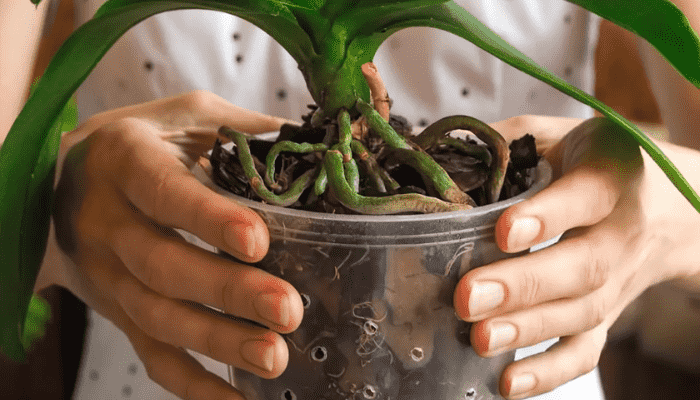
Can Orchids grow in succulent soil?
While certain orchids can be planted in succulent soil, it is not the ideal potting media for orchids. Even while succulent soil is meant to drain water, there are situations where it can be too much for orchids, which can result in root rot. Furthermore, orchid roots cannot get adequate oxygen in succulent soils. Since most succulent soils lack adequate drainage and airflow around their roots, orchids require more airflow than other plants.
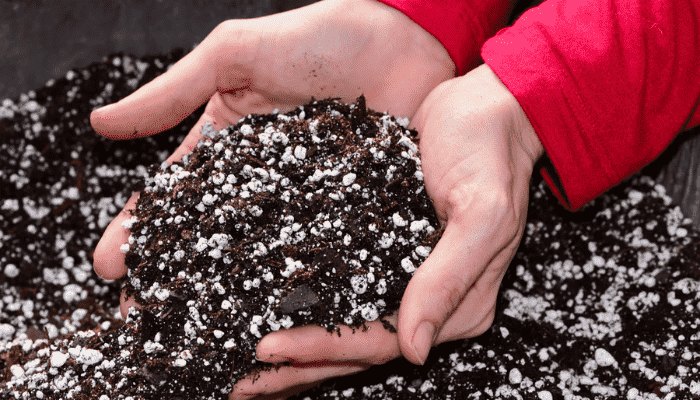
Crucial Elements of the Best Orchid Soil
Air Circulation –
Because they are breathing plants, orchids require well-ventilated soil. An optimal best soil orchids composition has many constituents that promote air circulation surrounding the root system, guaranteeing an adequate supply of oxygen, facilitating the absorption of nutrients, and averting root rot.
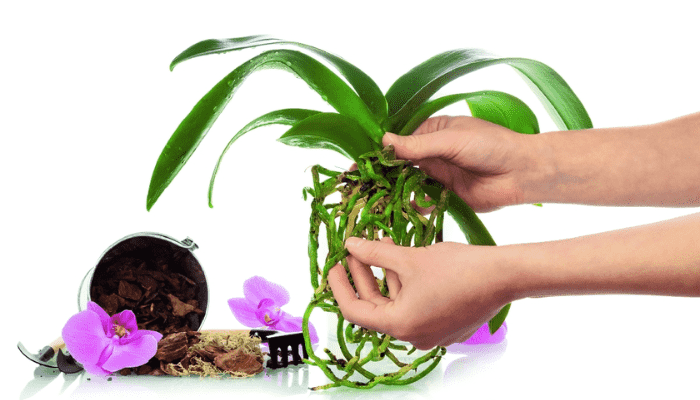
Orchid Soil Moisture Level –
To maintain their growth, orchids need just the right amount of moisture—not too much, as this could result in fungal infections. The correct ratio of moisture-retaining components will prevent waterlogging while retaining enough moisture to keep the roots moist in the perfect orchid soil.
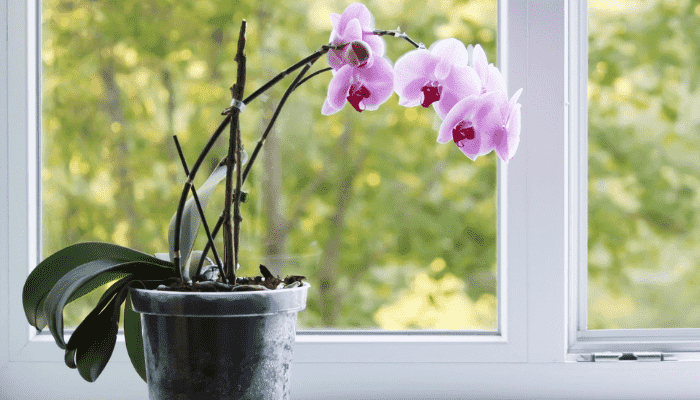
The drainage –
Because orchids are prone to root rot in poorly-draining soil, proper drainage is essential. A combination of coarse materials that let water pass through rapidly is ideal for orchid mixes since it keeps the soil from getting too wet. Additionally, the accumulation of mineral salts that could harm roots is aided by this kind of soil structure.
Ideal pH Levels –
Growing conditions for orchids should have a pH of 5.5 to 6.0, which is somewhat acidic. All-natural components in good orchid soil contribute to the preservation of this pH range and supply the essential nutrients for strong plant growth.
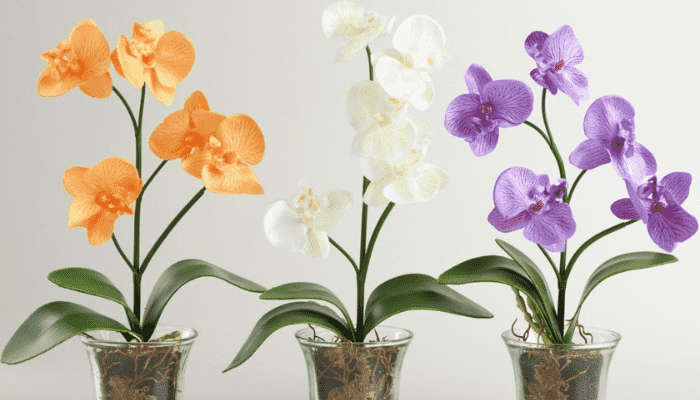
What is the best soil for orchid plant?
The best soil for orchid potting is a mixture of organic, well-draining components that offer the ideal ratio of moisture, air, and nutrient uptake. The ideal orchid mix is a pre-made blend that is organic, non-toxic, and appropriate for all sorts, however most attempt to create their own using materials like charcoal, coco coir, and various types of moss.
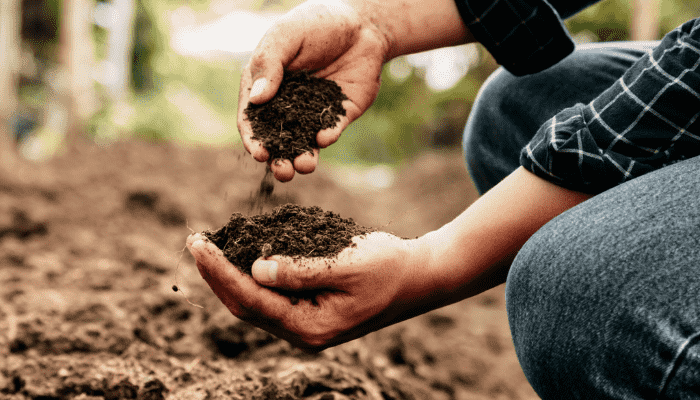
Filling Bark Nuggets –
The best orchid soil utilizes sturdy, decomposable bark nuggets to retain the open structure and great airflow that these exquisite houseplants require. For orchids to flourish, these bark fragments stabilize the roots and promote air circulation around them. Bark nuggets also hold onto moisture without being soggy, which helps to avoid fungal growth and root rot, which are frequently brought on by too-moist soil.
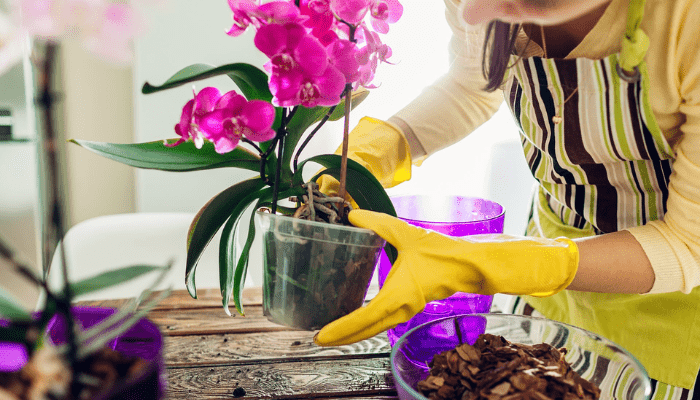
Superior Grade Peat Moss –
One of the main components of the best orchid mix is premium peat moss. It retains moisture and is lightweight, all the while enabling adequate ventilation. Additionally, peat moss has trace levels of nutrients that are gradually released over time, giving your orchids the nutrition they need to flourish.

Pumice from Volcanic Eruption –
In the best orchid soil mix, air pockets created by volcanic pumice’s porous nature support root health and growth. It has good drainage to avoid waterlogging, is lightweight, and doesn’t compact easily.
Repurposed Biomass –
These days, a lot of the best orchid mixes incorporate recycled biomass—like rice and coconut hulls—to increase moisture retention and aeration. These naturally occurring anti-fungal compounds protect your orchids from damaging infections. They are sourced sustainably.
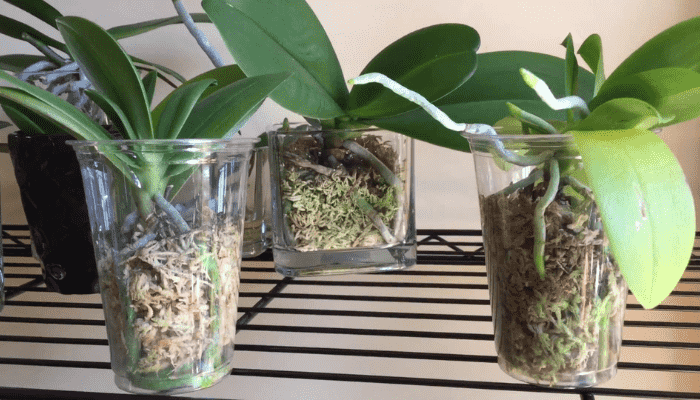
Soil for Orchid Plant
In the wild, orchids cling to trees, rocks, and other surfaces so that their roots can get air and moisture. Because it absorbs excessive amounts of water and prevents adequate air circulation, conventional indoor plant soil is not suited for orchids. In addition, bad plant growth might result from compacted indoor potting soil, which suffocates the roots. For these delicate plants to flourish, orchid soil created especially for each species offers the ideal ratio of moisture, air, and nutrients. When repotting or growing orchids in indoor pots, it is imperative to utilize specialized orchid soil, not just ordinary potting soil.
Although you can create your orchid soil, the truth is that homemade mixes can be more expensive (up to 50% more) than premixed choices, contain less organic, non-toxic components that are essential for the long-term health of your orchids, and may not have the ideal ingredient balance.
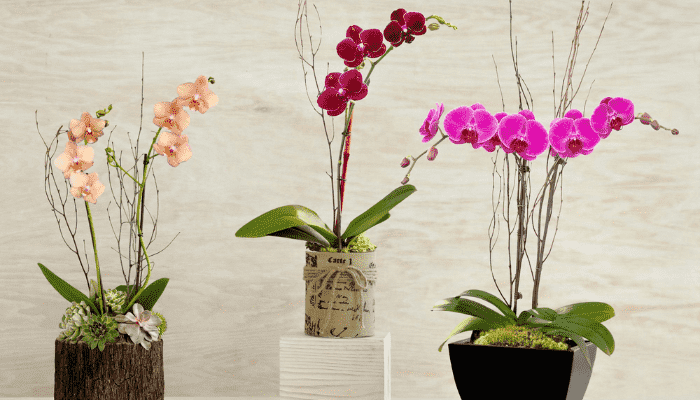
Using the Best Soil for Orchids –
Repotting and orchid maintenance become easy when you use your premixed bag of the best orchid soil. Give your plants the ideal growing environment by following these steps:
1. Select the correct size pot: Verify that there are adequate drainage holes and areas for the roots to spread out.
2. Remove outdated potting mix: Using sharp pruning shears, carefully remove any outdated potting mix from the roots and cut off any dead or broken sections.
3. Add orchid soil mix: Ensure that the roots are equally distributed by filling the pot to approximately halfway with the mix.
4. To guarantee optimal root contact with the soil and eliminate any air pockets, carefully push the dirt surrounding the roots.
5. Thoroughly hydrate the soil to ensure that the roots receive enough moisture. Do this by sprinkling water over the soil until it flows out the drainage holes.
6. Place in a suitable environment: Each orchid has different needs for growth, so be sure to give your repotted plant the proper amount of light and temperature.
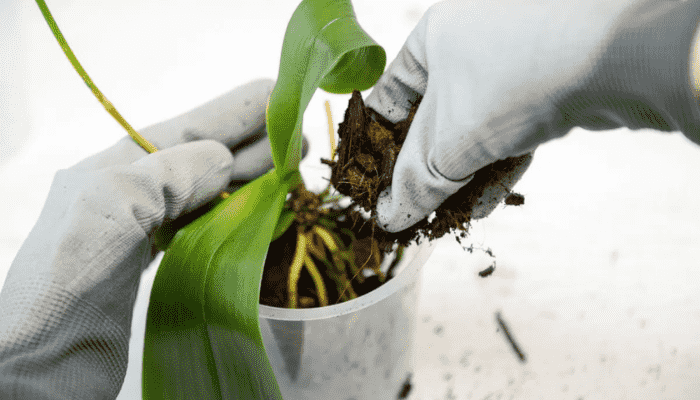
After everything is finished, continue the usual watering schedule that was designed for your plant’s requirements. In order to supply vital nutrients that the soil may be deficient in, you need also to incorporate orchid plant food into your regimen. Using a moisture meter to track water retention is also a smart idea. With the use of these tools, novice orchid gardeners can better understand the watering requirements of their plants by ensuring that the soil is neither too dry nor too moist.
To ensure a happy and healthy plant, only use the best orchid potting mix
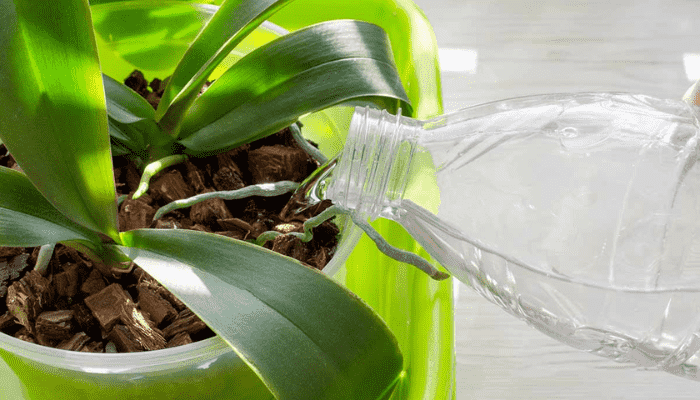
It’s important to select the appropriate soil for your orchid because it has a direct impact on its health. The best conditions for strong growth, healthy root development, and beautiful blooms are created by applying a specialized, organic, and non-toxic soil mix for orchids. Do you want access to more professional guidance and special offers on the top orchid products? If you subscribe to our newsletter, you’ll never miss an opportunity to provide your orchid the respect and love it needs. Happy expansion!
FAQs
What is the best soil mix for orchids?
Orchids thrive not in ordinary indoor potting soil but in a specialized, airy mix crafted for their needs, featuring sphagnum moss, fir bark, coconut husk, and tree fern fibers.
Can I use orchid soil for any plant?
Transform your gardening game with Orchid potting mix! It’s perfect for nurturing African violets, tree ferns, and lush tropical plants. Repurpose orchid bark as premium mulch to boost your garden’s vitality. However, skip it for succulents, which thrive in dry, well-draining soil.
What mix is best for orchids?
One of the leading orchid experts champions a premium bark-fir mix—50% bark and 50% fir—for orchids in three- and four-inch pots, a coarser blend for six-inch pots, and robust chunk-grade material for pots eight inches or larger.
What is the difference between potting soil and orchid soil?
Orchids possess delicate aerial roots that demand excellent air circulation and efficient water drainage. This is why premium orchid potting mixes include powerful amendments like coconut coir, fir bark, and charcoal. These superior ingredients ensure plants receive optimal moisture while safeguarding roots from harmful water retention.
How to take care of orchids at home in India?
Orchids thrive with weekly watering during their vigorous growing season. Once blooming ceases, reduce watering as the plant enters its restorative phase. For orchids in smaller pots, you may need to water twice a week to fuel their active growth.
Can orchids be kept without soil?
Being epiphytic, most orchids thrive without soil. Instead, indoors they are typically cultivated in coarse bark or sphagnum moss, known as ‘media,’ which provides an ideal foundation for their growth.


